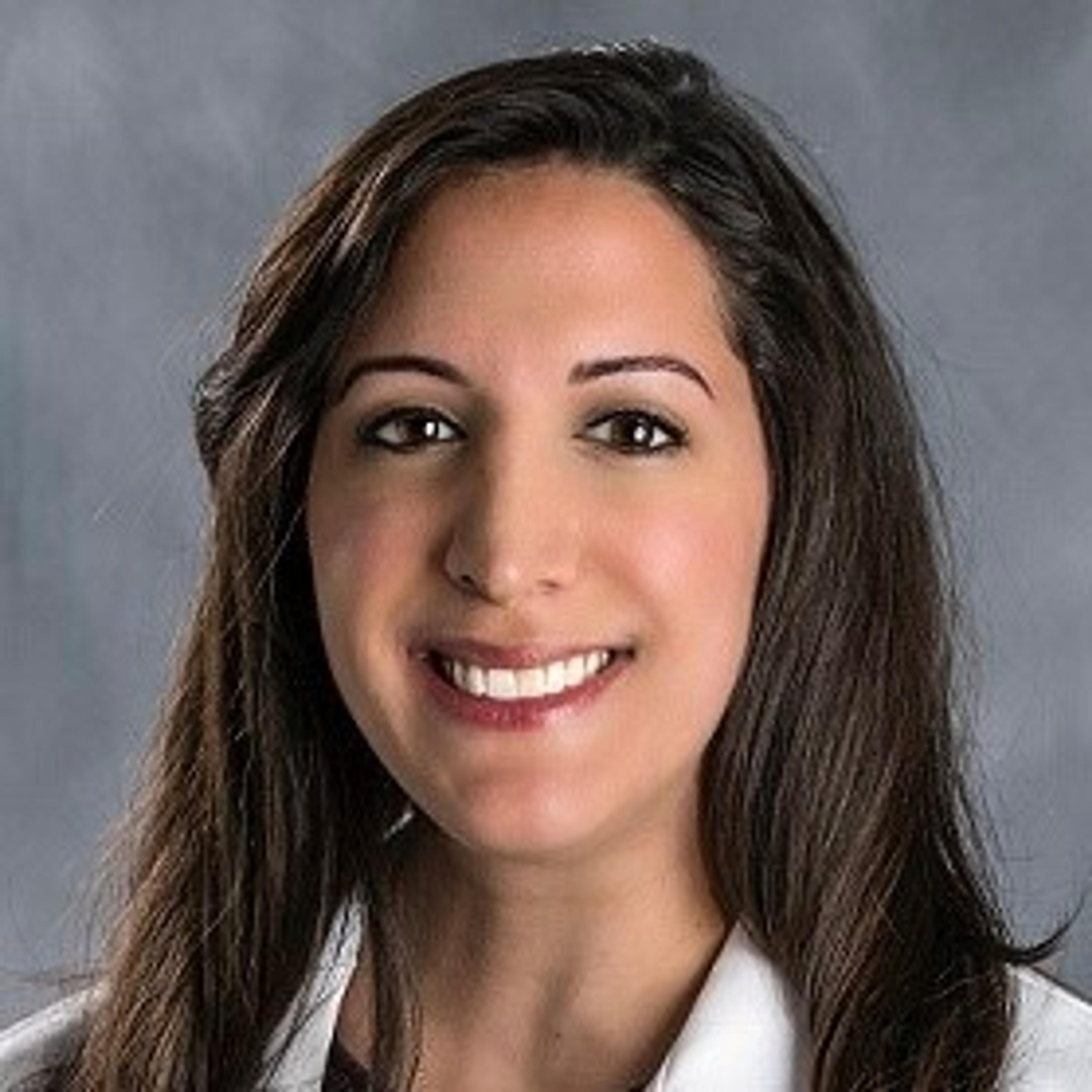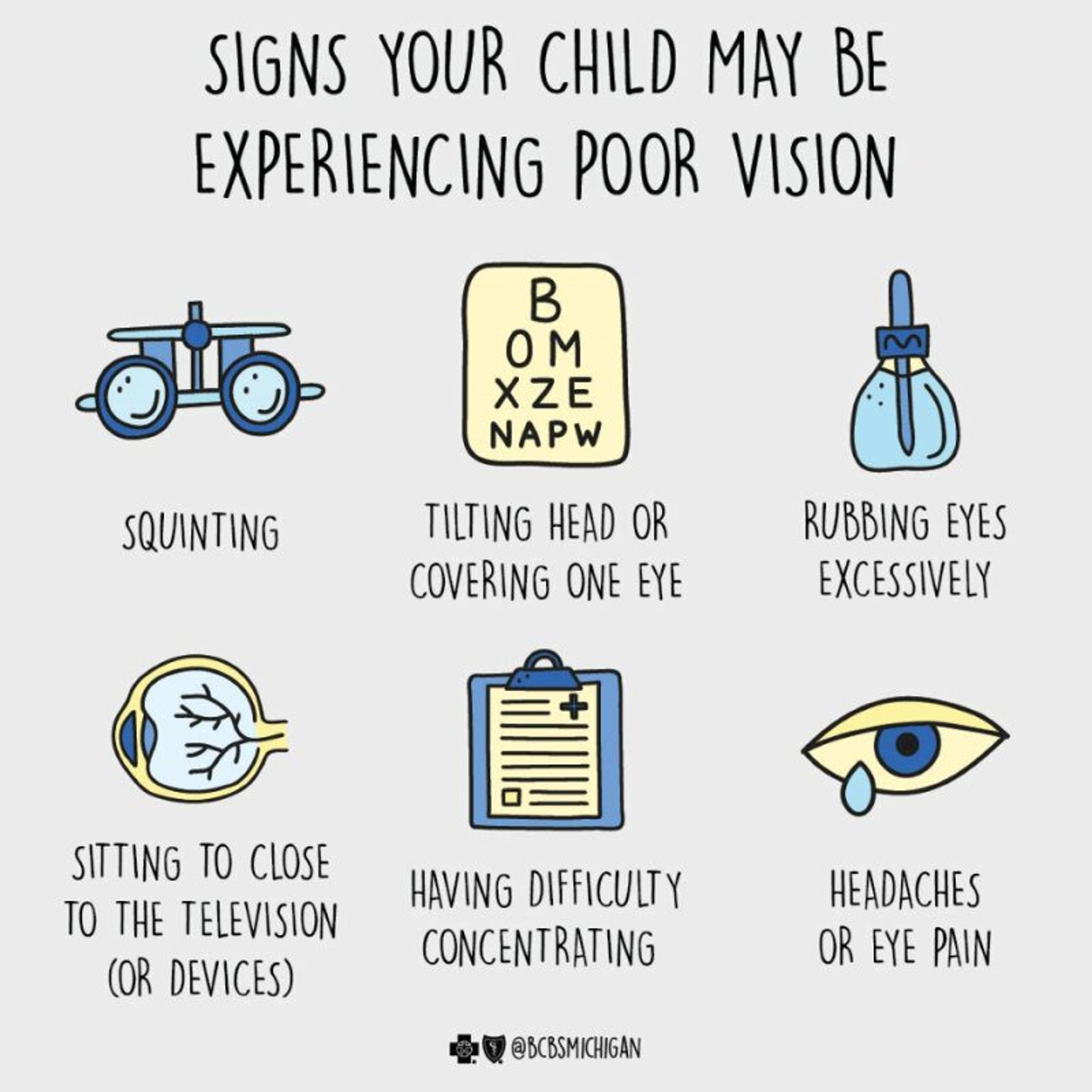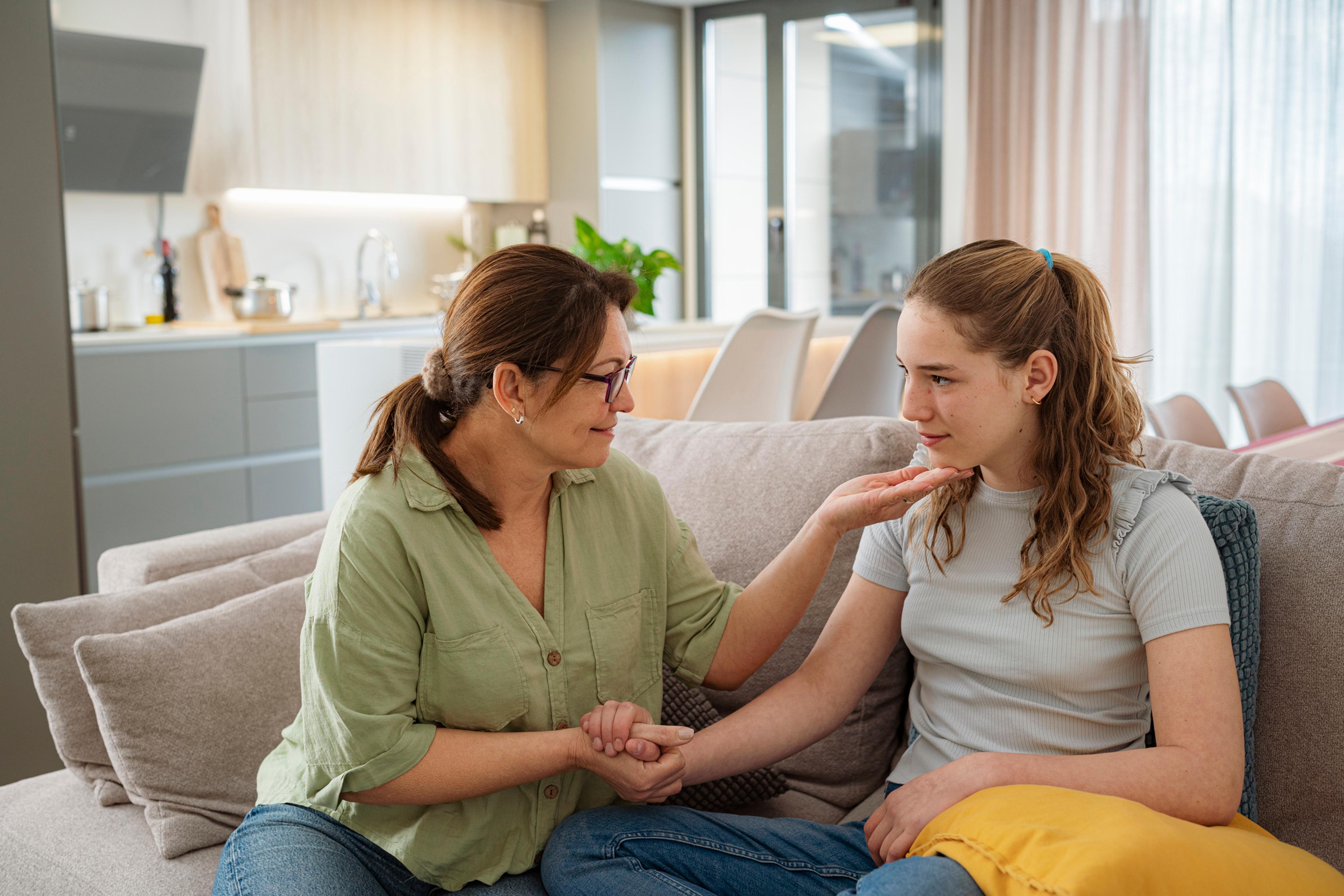6 Signs Your Child Needs Glasses

Dr. Angela Seabright
| 4 min read

About 25% of school-age children have a vision problem. As the start of the school year approaches, many families are busy buying school supplies, scheduling haircuts and visiting the doctor for an annual physical. It may be a good idea to add another appointment to the list: an eye exam.

The U.S. Preventive Services Task Force recommends children have their vision screened at least once between the ages of three and five years. Vision screenings may be conducted by schools, pediatricians and primary care providers.
There are multiple eye conditions or diseases that can be developed in childhood. Seeing a pediatrician and primary care provider regularly increases the likelihood of finding and treating one of these conditions. Since children are still growing and developing, their vision will likely go through changes.
Regular vision checks can reveal these changes and help a child’s care team know if any corrective actions need to be taken.
Common vision problems in children
For school-aged children, the common vision problem is blurry vision or refractive errors. These are typically caused by:
Nearsightedness: Also called myopia, people with this condition can see close objects clearly but far away objects appear blurry.
Farsightedness: Also called hyperopia, people with this condition cannot see close objects clearly. Far away objects are in focus.
Astigmatism: In this condition, the cornea on the front layer of the eye or the inner lens has a different shape, which makes vision blurry.
These vision problems can be successfully managed with prescription eyeglasses and contact lenses when appropriate. Often, children react to vision problems with signs and symptoms like distractibility and hyperactivity that could be confused with those of ADHD. When it comes to vision problems, early detection and regular visits to health and eye care professionals are key to prevent long-term vision loss and ensure the health and wellbeing of the whole child.
For children who have 20/20 vision, they still may have issues focusing, tracking, or coordinating their vision. Children with certain medical conditions or a family history of eye conditions may be at a higher risk of developing eye problems. These children, and children with vision complaints or abnormal findings on an eye exam, should be referred to a pediatric ophthalmologist or optometrist.
How to know it’s time for an eye exam
There are a few tell-tale signs that a child may be experiencing poor vision. Here are six signs your child needs an eye exam:
Squinting: Children often squint to improve the clarity of their vision as they try to focus on an object, either close to them or far away. If you notice a child frequently squinting, this could be a sign of poor vision.
Tilting head or covering one eye: Like squinting, children with vision problems may tilt their head or cover one eye to increase clarity. It can also be an indicator of eye misalignment or lazy eye.
Sitting too close to the television or devices: If a child is sitting too close to the television or holding a book or tablet close to their face, it may be time to get their vision checked.
Rubbing eyes excessively: If a child is often straining their eyes to see, they may start to rub their eyes excessively. Eye rubbing is an indicator that children may be experiencing eye fatigue or other eye conditions.
Complaining of headaches or eye pain: Complaining of headaches or eye pain is another indicator that children may be straining their eyes to improve the clarity of their vision.
Having difficulty concentrating on schoolwork: School environments can be extremely visually stimulating. Children need to focus their vision across a variety of distances and mediums. This can be challenging if a child has poor vision. If they are struggling to concentrate on schoolwork, they may need an eye exam.
Symptoms like these, as well as abnormal findings on a screening exam, are likely indicators children should be referred to a pediatric ophthalmologist or optometrist. The earlier a vision problem is found, the better it is for the child’s health and wellbeing.
Angela Seabright, D.O., is a care management physician at Blue Cross Blue Shield of Michigan. For more health news and information, visit AHealthierMichigan.org.
Photo credit: Getty Images





